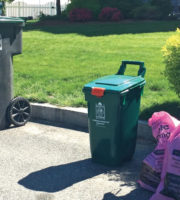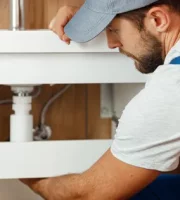Lab safety protocols should be a priority for any organization or party that practices experiments. They help to ensure the safety of the individuals in that space by providing preventative actions to avoid accidents and the safety procedures to be carried out in the event of one.
These safety protocols help govern the students’ behavior in a laboratory during practical classes to ensure they carry out experiments safely. Here are the top 7 standard laboratory rules and regulations that help to prevent physical, chemical, and biological accidents.
1- Read the Instructions Carefully and Follow Them
This could be a lab’s most important safety protocol. Every experiment requires its own set of safety precautions. Listening to your instructors and following the guidelines listed in the safety manual before you begin your investigation could help safeguard you. Some experiments include materials that could be explosive, especially those involving acid and metal reactions.
2- Wear Appropriate Clothing
Appropriate attire protects you from accidents in the lab. Chemical spills in the lab are notoriously frequent. These personal protective clothing include safety goggles, gloves, masks, face shields, lab coats, noise-canceling earplugs, etc.
Safety goggles and face shields prevent fumes, spores, etc., from getting into contact with your eyes. Masks protect you from inhalable hazards like chemical fumes while lab coats and gloves minimize skin contact with chemical spills in the lab.
3- Leave Your Work Stations Cleaner Than You Found Them
Your laboratory workstations must be maintained to a certain standard to prevent the spread of diseases, especially if you are working on microorganisms. Sanitizing your workstations before and after use helps to protect you and the people coming after you while using the lab. If the countertops have begun to undergo wear and tear, they should be professionally replaced with better quality materials.
4- Don’t Eat or Drink in the Lab
Consuming foods and drinks in the lab is a dangerous practice. It exposes you to possible food poisoning by chemical intoxication. Food in the lab can also be contaminated by bacteria and cause infections when consumed.
5- Label Your Work
Most solutions in the lab are generally colorless. This means differentiating between them can be daunting. Labeling your solutions will help prevent a mix-up that could derail your experiment.
6- Have Enough Exit Stations
When an accident in the lab requires immediate evacuation, students can get overwhelmed in the chaos. Having enough exit points in the lab and advising students to use them orderly prevents physical accidents due to the commotion.
7- Dispose of Waste in the Appropriate Locations
Waste in the laboratory is grouped into hazardous and non-hazardous materials. Paper, pencil sharpening, etc., should not be disposed of in the same bin as chemical and biological wastes. Hazardous materials should also be sterilized before disposal. This also prevents environmental contamination. Avoid pouring chemicals down the drain as they can compromise the integrity of the plumbing systems. All waste in the lab should be disposed of in its appropriate locations.
Most of the accidents in a lab are preventable. This means that adhering to lab safety rules helps to ensure the safety of students and instructors in the lab.







